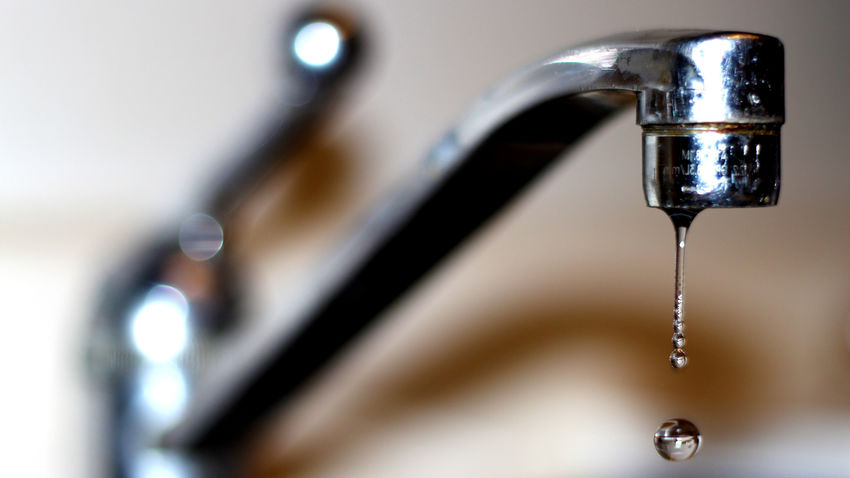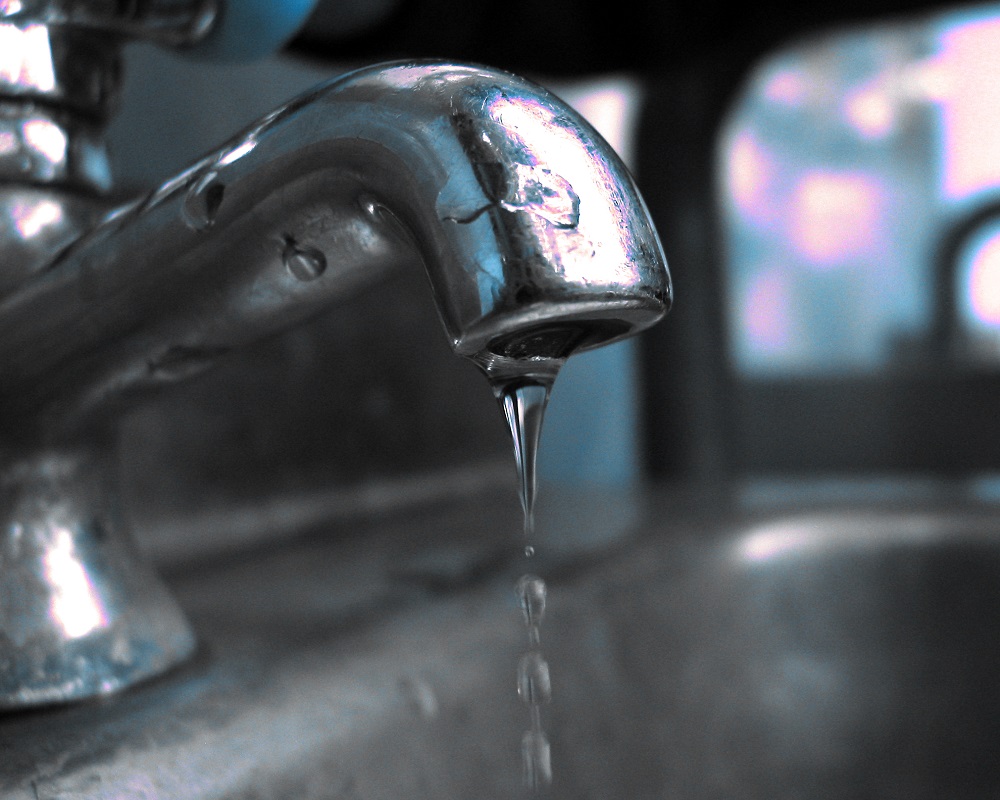Discovering the Consequences of a Dripping Faucet
Discovering the Consequences of a Dripping Faucet
Blog Article
Presented here on the next paragraphs you can find more sensible material around Potential Health Risks Associated With Leaky Faucets.

Intro
A dripping tap may look like a small annoyance, but its effects expand far beyond the occasional drip. Understanding the results of a dripping faucet is vital for both home owners and the setting. In this write-up, we'll check out the different effects of this typical household concern and why addressing it without delay is crucial.
Sources Of Leaky Faucets
Leaking faucets can result from a range of factors, including deterioration, high water pressure, and deterioration. Gradually, the continuous use of faucets can cause worn-out seals and gaskets, triggering leakages to establish. In addition, too much water stress can place strain on plumbing fixtures, leading to leaks. Deterioration and rust can additionally compromise tap components, making them susceptible to leakage.
Water Waste
One of the most substantial consequences of a dripping tap is water wastage. Even a little drip can amount to gallons of drainage gradually. This not just drives up water costs yet also adds to water scarcity and ecological destruction. Dealing with leaky faucets without delay is essential for preserving this precious resource and reducing its impact on the earth.
Financial Impact
In addition to wasting water, leaky faucets can additionally have a significant financial impact. Boosted water bills are a straight effect of water wastefulness, costing homeowners hundreds of dollars yearly. Moreover, the expense of fixing water damages brought on by leakages can be considerable, particularly if left ignored for a prolonged duration.
Ecological Influence
The ecological impact of leaking taps prolongs past water waste. By preserving water, house owners can add to broader initiatives to alleviate water deficiency and safeguard all-natural ecological communities. Sustainable choices such as rainwater harvesting and water-efficient components can even more reduce the environmental footprint of home water use.
Technological Solutions
Innovations in innovation have brought about the growth of smart faucets and water-saving devices that assist lessen water wastefulness. Smart faucets make use of sensing units to identify motion and adjust water circulation appropriately, decreasing waste without giving up ease. Water-saving devices such as aerators and low-flow showerheads are likewise efficient in conserving water without jeopardizing efficiency.
Global Perspectives
While leaking faucets may seem like a local concern, they contribute to wider worldwide difficulties such as water shortage and environment modification. In regions already dealing with water anxiety, every decline counts, making leakage avoidance and repair vital. By embracing water-saving practices and investing in sustainable innovations, home owners can play their component in resolving these pushing international concerns.
Governing Procedures
Government regulations play an important role in alleviating the influence of leaking faucets and advertising water conservation. From constructing codes that call for water-efficient fixtures to water-saving incentives and rebates, policymakers have a series of devices at their disposal. By executing and imposing these regulations, federal governments can make sure that property owners prioritize water conservation in their daily lives.
Community Influence
Dealing with dripping taps needs cumulative initiatives at the area level. By elevating understanding about the significance of water conservation and giving resources for leak detection and repair service, neighborhood authorities can empower property owners to do something about it. Campaigns such as water-saving refund programs and leakage detection campaigns can incentivize behavior change and promote accountable water usage.
Situation Studies
Real-life examples of the effect of dripping faucets underscore the significance of proactive upkeep and prompt repair services. From water damages to skyrocketing water bills, the consequences of disregarding leaks can be extreme. By sharing these case studies, property owners can better comprehend the relevance of addressing dripping taps promptly.
Educational Campaigns
Educational campaigns play a critical duty in elevating recognition regarding the impacts of dripping taps and promoting water conservation practices. Through workshops, workshops, and on-line sources, house owners can discover how to find and repair leakages themselves. By encouraging individuals with knowledge and tools, instructional campaigns can promote a culture of liable water use within areas.
Health and wellness Issues
Leaky faucets can create favorable settings for mold and mildew and mold development, posing health and wellness dangers to passengers. The visibility of mold and mildew can exacerbate respiratory system problems and allergies, particularly in vulnerable individuals. Furthermore, water damage resulting from leakages can endanger the structural integrity of structures and result in expensive fixings.
DIY vs. Expert Repair
When confronted with a leaking tap, home owners commonly debate whether to try repair work themselves or hire a professional plumber. While DIY repairs can save money, they may not always deal with the hidden concern successfully. Specialist plumbing technicians have the proficiency and equipment to diagnose and deal with leakages correctly, guaranteeing lasting options and satisfaction for house owners.
Preventive Measures
Avoiding leaking faucets needs routine upkeep and positive procedures. Basic jobs such as changing damaged washing machines and seals can avoid leaks from creating. In addition, upgrading to high-quality fixtures and decreasing water stress can help prolong the lifespan of taps and decrease the risk of leakages.
Final thought
Finally, the results of a leaky faucet extend much beyond the periodic drip. From water wastefulness and boosted water expenses to health and wellness worries and ecological effect, the effects of ignoring leakages can be considerable. By dealing with leaking faucets quickly and adopting water-saving practices, property owners can alleviate these impacts and add to an extra sustainable future.
Why You Shouldn’t Ignore a Leaky Faucet in Your Home
What Causes a Leaky Faucet?
Various factors can cause a leak, from loose and worn-out parts to corrosion. Your faucet has four essential components from which most plumbing issues will stem: the O-ring, the valve seat, the washer and the gasket.
What Is an O-Ring?
The O-ring is a stem screw that fastens parts of the faucet in place, preventing water from leaking out of the spout. Depending on your faucet type, the stem might have multiple O-rings. Water will drip from the faucet’s handles and base if this part breaks or deteriorates.
What Is a Valve Seat?
The valve seat controls the flow and temperature of the water. Found at the base of the handle, it works as a seal for the faucet’s stem. The valve seat ensures the water is allowed to flow or is blocked as the handles dictate. You’ll know it’s malfunctioning when water leaks from your faucet’s sides.
What Is a Gasket?
The gasket is found between the water inlet and the valve stem. It creates a seal between the faucet and the sink, holding its joints by aerators attached to the stem’s head. Water will trickle out from the base if the gasket isn’t working.
What Is a Washer?
The washer secures the handles and prevents leakage, serving a similar purpose to the O-ring. While the O-ring is ordinarily round and made from an elastic material, such as rubber, the washer is square-shaped and composed of brass, copper and other hard metals. If it malfunctions, corrodes or has been improperly installed, water will leak out of the handles, causing that incessant faucet drip.
Why Is a Leaky Faucet Dangerous?
A leaky faucet left alone for too long can have significant consequences.
Pest Infestations
Since bugs and rodents gravitate towards the scent of water, a leaky faucet will draw pests to your sink. Both are looking for leaks accessible through crawl spaces, which a faucet provides. If you leave water dripping for too long, you run the risk of an infestation.
Rust
If one of the faucet parts has started to corrode, the resulting rust can spread to your pipes and valves with startling speed. The rust might even lead to cracks or other impairments, resulting in more severe plumbing issues.
Your sink could also sustain damage from a leaky faucet. The water in your tap possesses sparse elements of calcium and iron that can stain your sink with repeated and prolonged exposure. Once those elements in the water have been open to the air for some time, your sink will start to rust, creating marks that can be difficult to remove.
https://www.tomsmechanical.com/blog/why-you-shouldnt-ignore-a-leaky-faucet-in-your-home

I am just very taken with The Environmental Impact of Leaky Faucets and I am assuming you enjoyed the entire piece. Appreciated our blog? Please quickly share it. Help others check it out. I am grateful for your time. Return soon.
Report this page